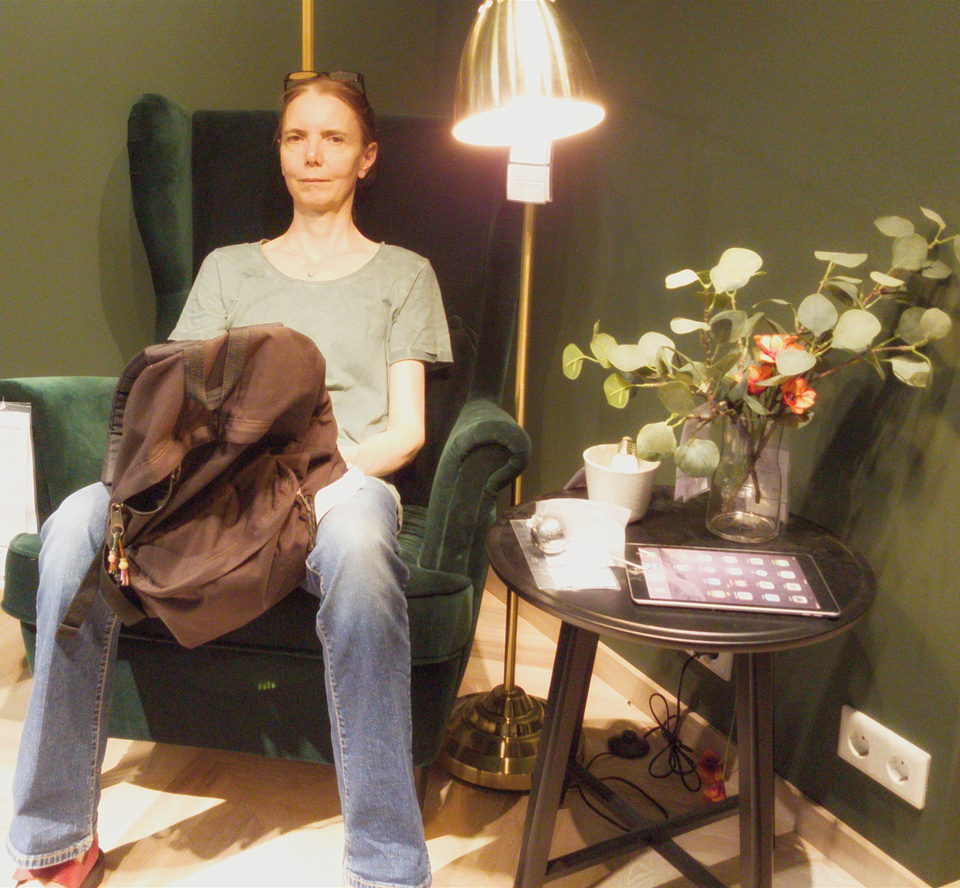
This page is copyrighted by me, and may be read and transferred by any means only as a whole and including the references to me. I guess that's normal, the writer can chose that of course.
Well, that was 5 years of my life on Facebook, some forums (forea
?) , Youtube, and some other internet communications, but zero
more diary pages.
I worked mostly on Digital Signal Processing "schemes" on
computers, as well as some projects in electronics, and of course
I played my instruments, and in fact I brought out a song ("First Blingonite"
on CDBaby).
The main achievements I've produced are a pile of DSP materials
that match components of (all) the A grade well known quality
recordings, and then some hard to explain sides to that.. That's
aside from system management and upgrades, keeping up with a lot
of Electrical Engineering content. After all, I obtained the
highest university engineering degree this land ever had to offer
in the early 90s!

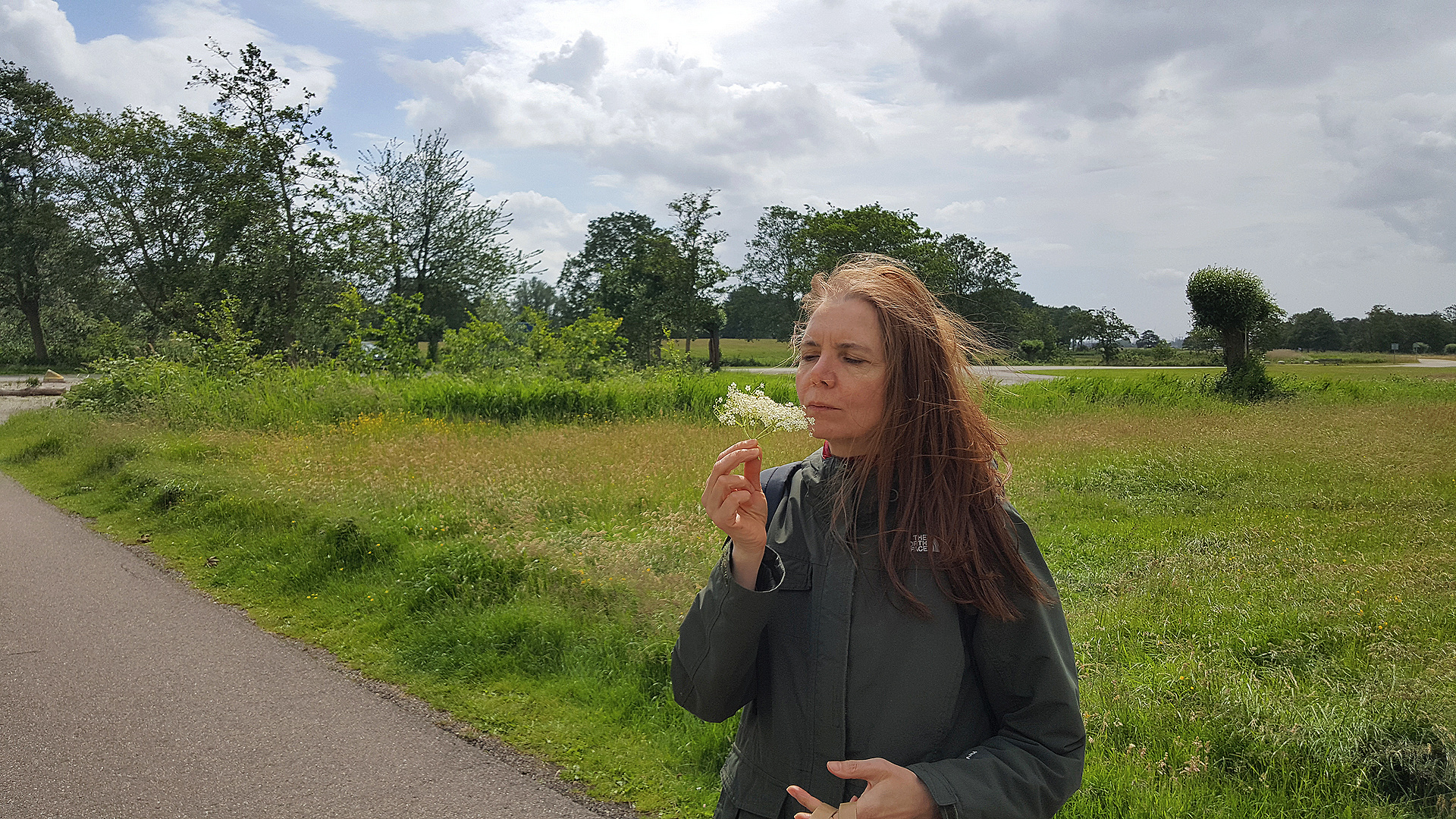
I've tried to change my eating and drinking habits to completely organic, with little or no E-xxx substances except some very unimportant ones (like vitamin C). Tastes a lot better.
There's even organic vitamin pills, with nothing much special in
it if you don't eat the capsules:
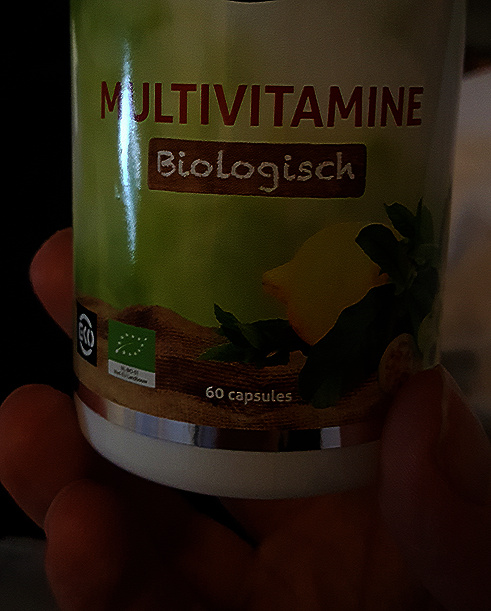
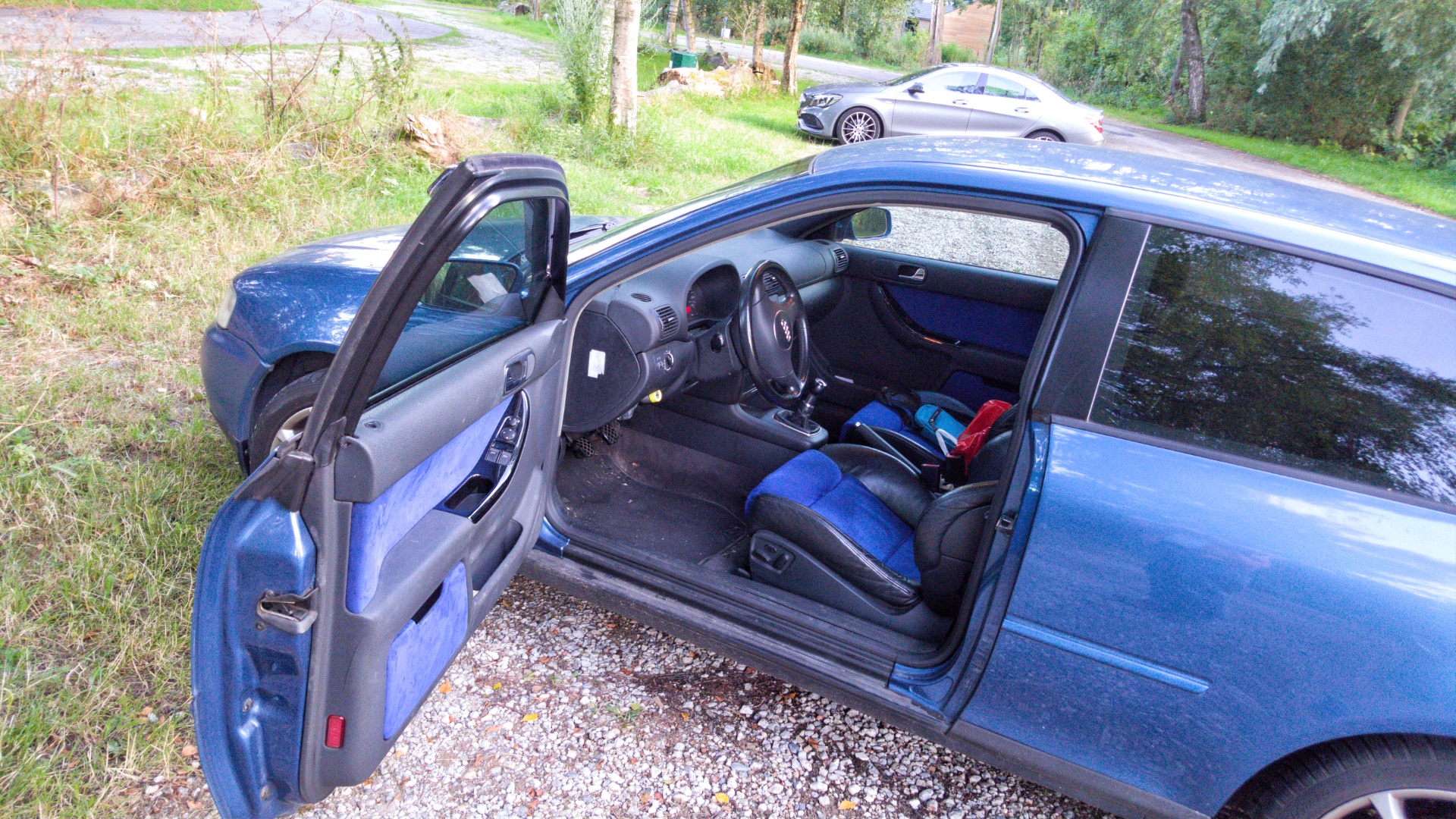
Sure looks inviting, this 1.6 A3. There are variations, apart
from (obviously) even more horse power per weight unit by turbos
and so on, but this is a good one.
There's this free way to get some drive space and a thread on a (presumably) Xeon server processor to run a flavor of Linux on, and install compile things, log on, run a web server, so I tried it and: it works!
Specifically I compiled jackd and jack-rack, started up and got
the interface on my remote workstation, so that's cool, in
principle that means my very big DSP graphs could run like in the
cloud. That would maybe require a virtual screen, it would require
quite some more computer horse power (would cost some dollars per
hour for instance) and a lot of work to port everything I need
(unless I maybe would upload the executable programs of my tools),
and require some bandwidth and storage space, but it's cool.
What interested me originally was to run a f1 node and a heavy
Vivado+tools programming node to do development on heavy and very
fast interconnected FPGA's, which costs in the order of a $ per
hour for special instances, which is probably including Xilinx
license for the chip on the cloud accelerator card. I thought I
could use the programming software for the particular FPGA
they use on my own machine, but somehow logically that appears not
to be the case.
I have been able to back a kickstarter project years ago, which
included getting a dual core A.R.M. processor with directly
connected decent FPGA to run Linux and connect with the FPGA, as
well as a special chip with 16 DSP cores. I tested it, and worked
some with the (by now well known and widely used) Zynq
processor/FPGA to put programs on the FPGA with bus connection to
the "phone" processors running Linux, made with Vivado on a Linux
PC (the same as runs this I7 web server). The board I got works
but Usb isn't reliable, and it required supply on/off conditioning
to stay reliable in order to keep it's memory card contents, and
developments with the Linux were getting there only slow.
I've had good fun and some experience with Vivado/HL to make for
instance a double precision trigonometric function simulated in
FPGA by pure silicon compilation, compare the results with other
processors (bit accurate results like from C math library), and
make the way sub 15 Watts FPGA beat an I7 at full speed.
The big machine from some 2013 diary pages is still going strong, being used most every day. It received Windows 10 some years ago, which runs ok, luckily (I"m not a windows fan, even though I think it's ok) it also runs a recent 64 bit Fedora Linux.
To do pro style video processing, for which a recent "Cinelerra"
will do good as well, I've installed the now free new Resolve
video editor and tested it with some materials to get the colors
out of some high bandwidth video I made. Interesting, but requires
work. That whole idea of telling all the pixels to give up the
actual recorded color and 3-d information isn't easy,
It's nice to see those 1500 Cuda cores of the Nvidia card get put
to use, and that the machine still works without error on this new
software.
The Yamaha MG16XU has now been put to quite some use already, has a good standard Linux driver compatible 192kHz/24bit interface, and interesting options.
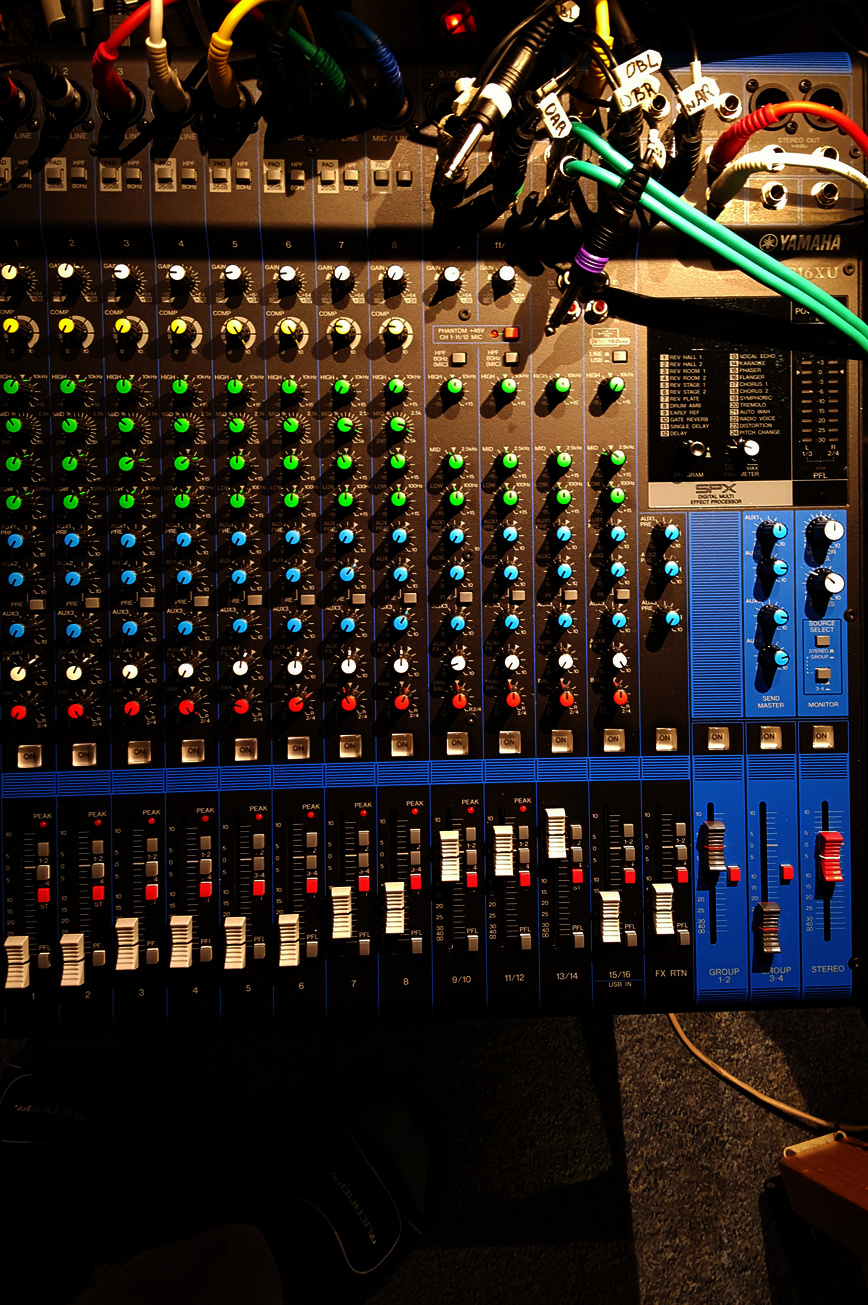
I mean the software package, Free and Open Source. I've looked at
it, ran it on the Linux machine with Fedora 28/64bit as
command line tool and as a notebook server for use with a browser.
It has various other languages "under" or in it, including it uses
Maxima for some things and van do some handy math things, like
I've wanted to use the formal logic reasoning engine in it. That
works, but it's a bit of a kludge with the (Monty) python language
acting as a command line interpreter and sort of object oriented
interface, nit that it's all wrong or works bad, but a lot of
decent Linux and higher programming language conventions aren't
there the way I would expect.
In the context of trying to make CDs sound as I recall good
albums and tapes can sound, I've made a lot of signal processing.
It has appeared to me that all kinds of digital signal path
complicated signal processing components have been a design target
not just in pro recordings, but also in the instruments I've
programmed.
So I'm saying there's a parallel, if not a congruence between the
album track processing and digital audio synthesis workstation
processing, making the various signal processing blocks useful for
both.
I've mentioned this years ago here, but it's impossible for all
kinds of common processing tricks and programs to prepare for the
errors in all common Digital to Analog Converters in modern (and
older) equipment, whereas "knowing" the signal between the samples
of a digital track requires an interpolation nobody uses to the
extend needed to be accurate. However both tricks, preparing for
the limited DAC reconstruction filtering and preparing the
required "between the samples" information to drive this
correction filtering can be combined in a complicated signal
processing setup, at least to some extend. For this there are
either: signal conditioning requirements or specific signal
preparations in order, which is in line with sampling theory.
The whole 3 phase digital processing approach I'll present in
some time on separate pages, but what it comes down to in very
short